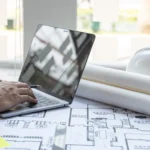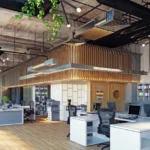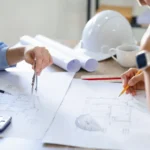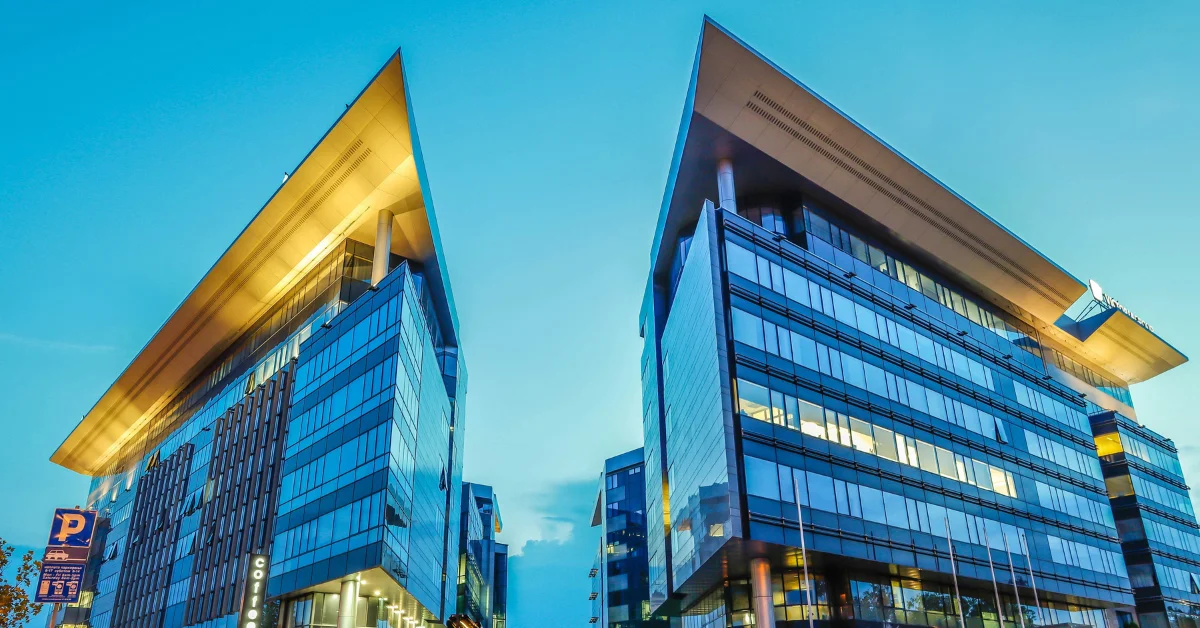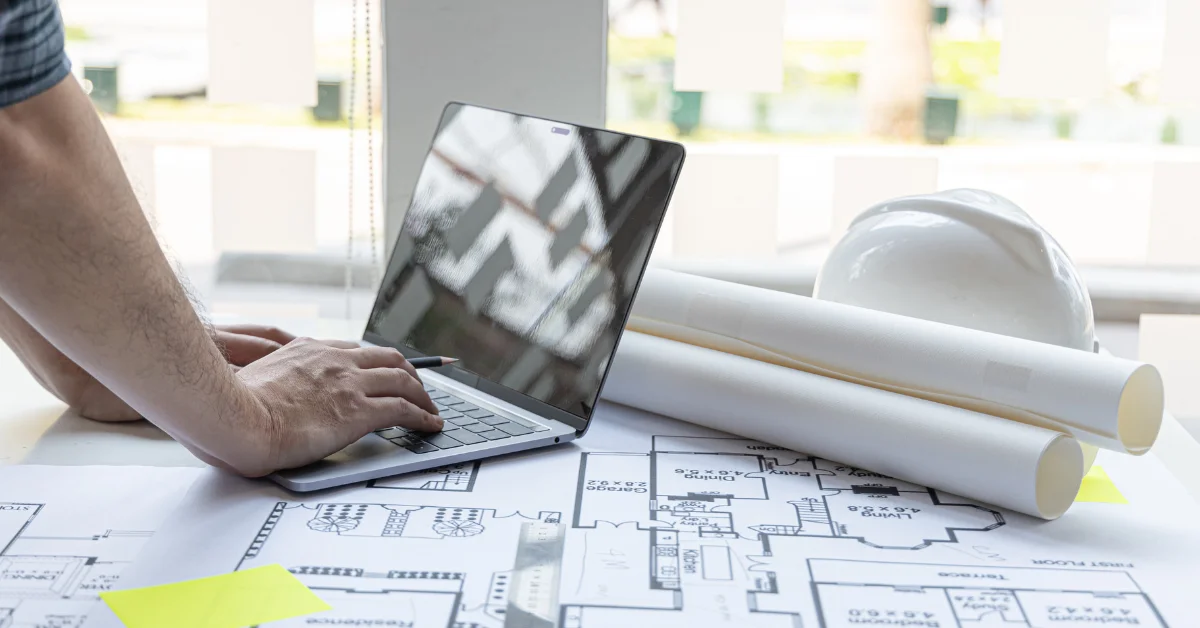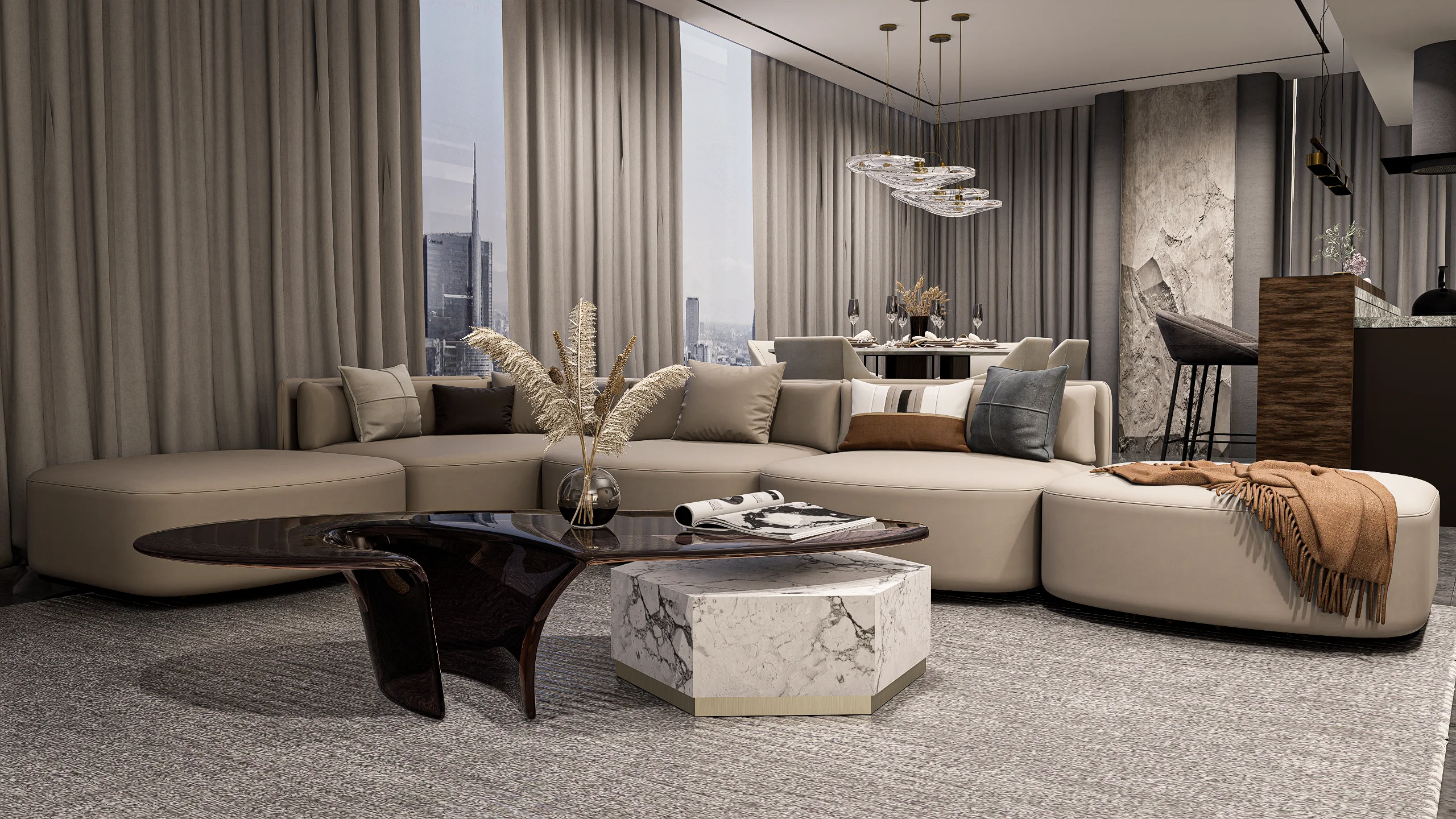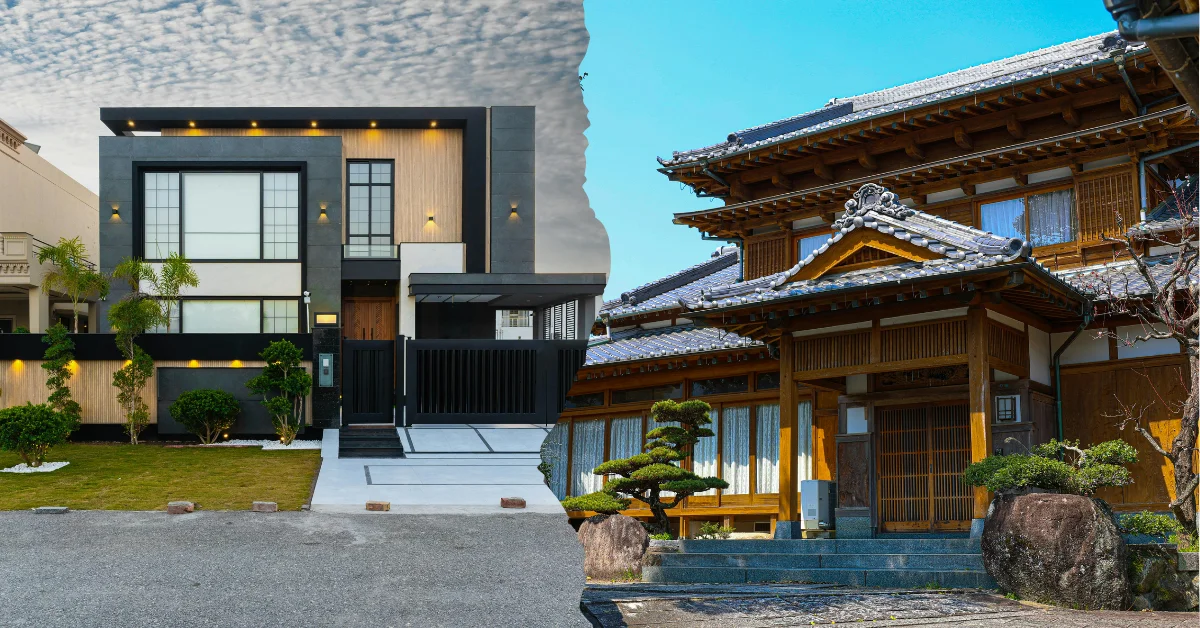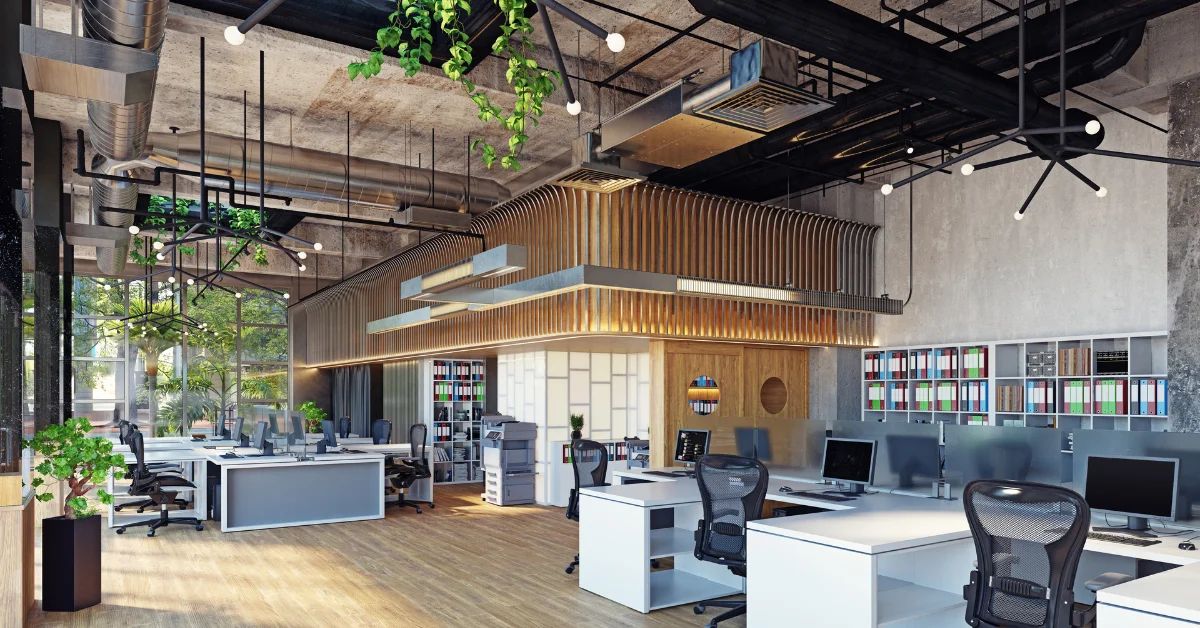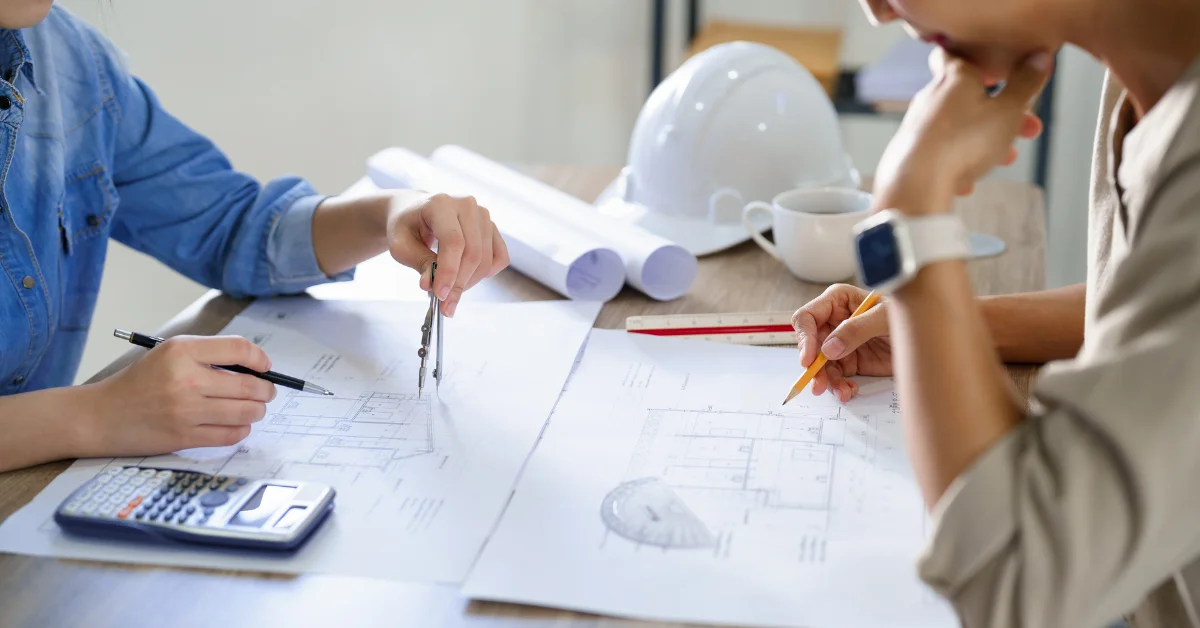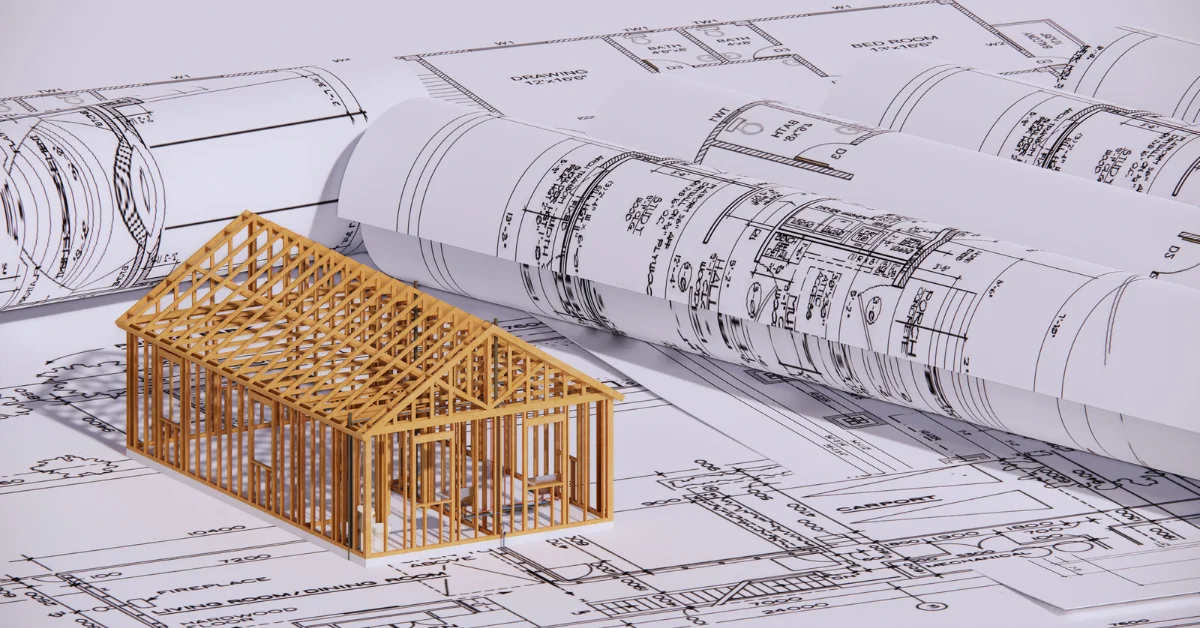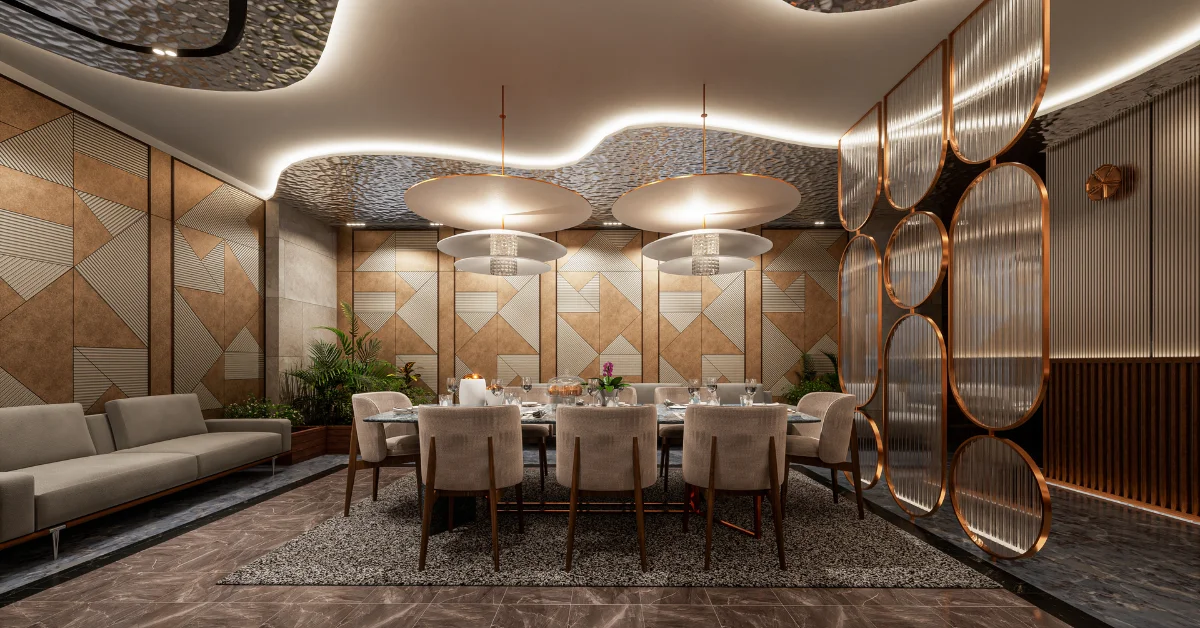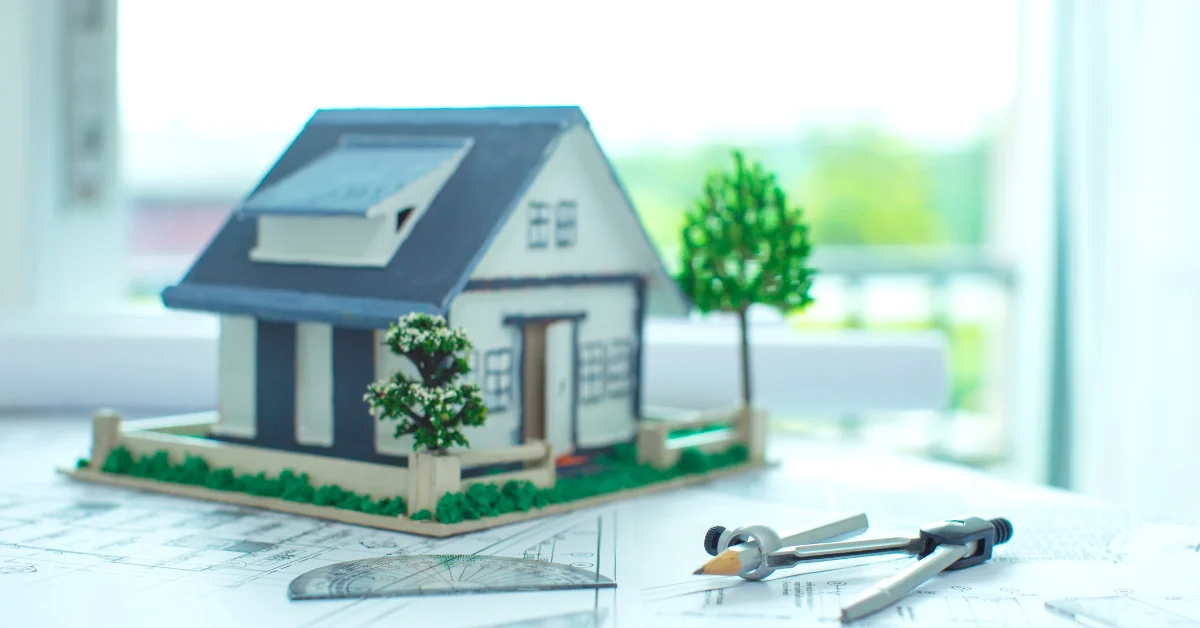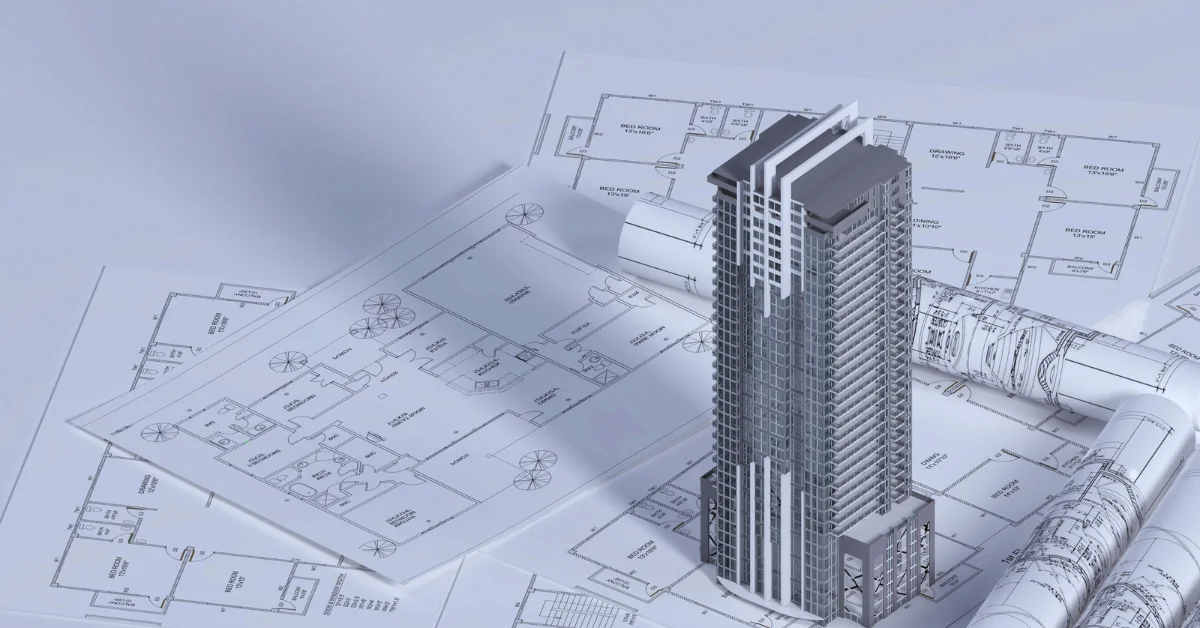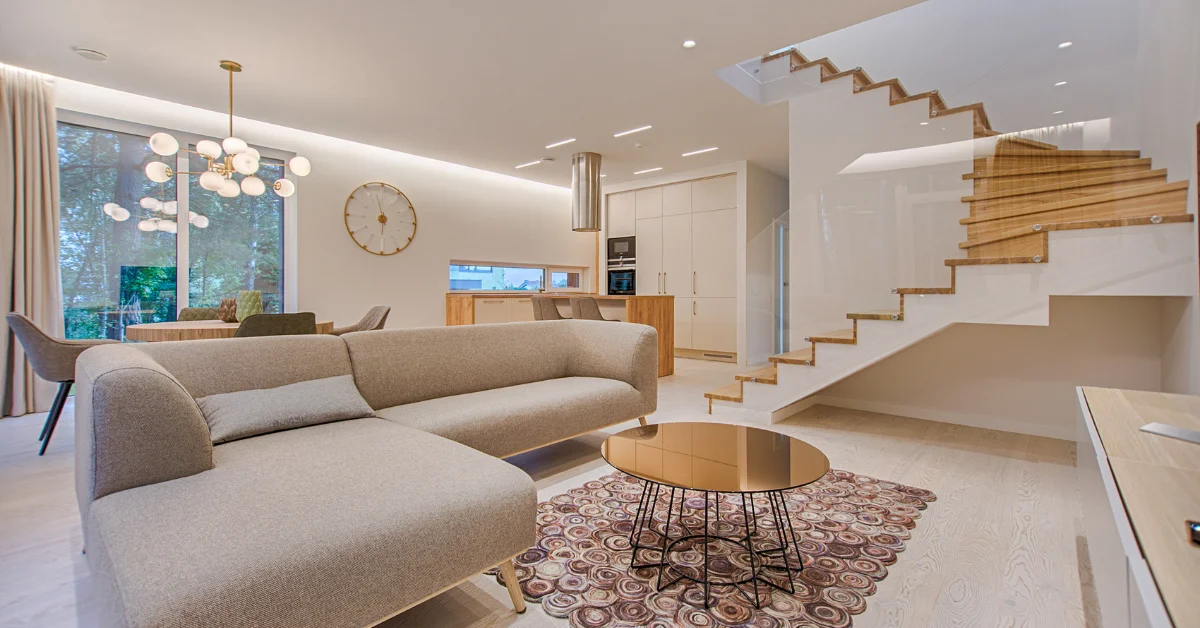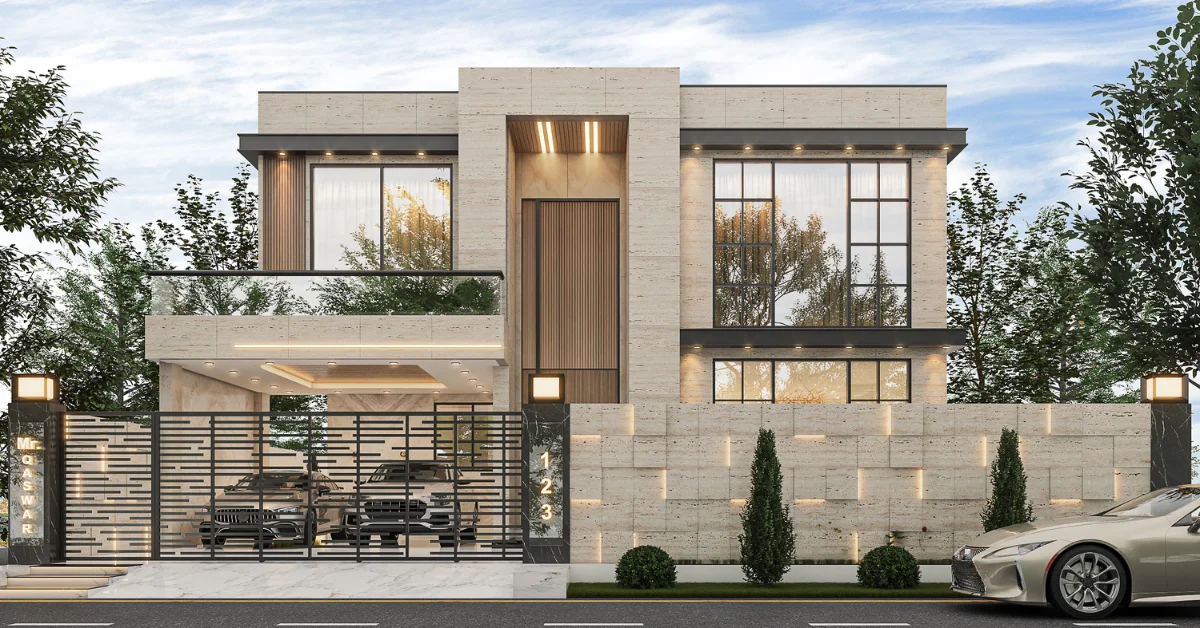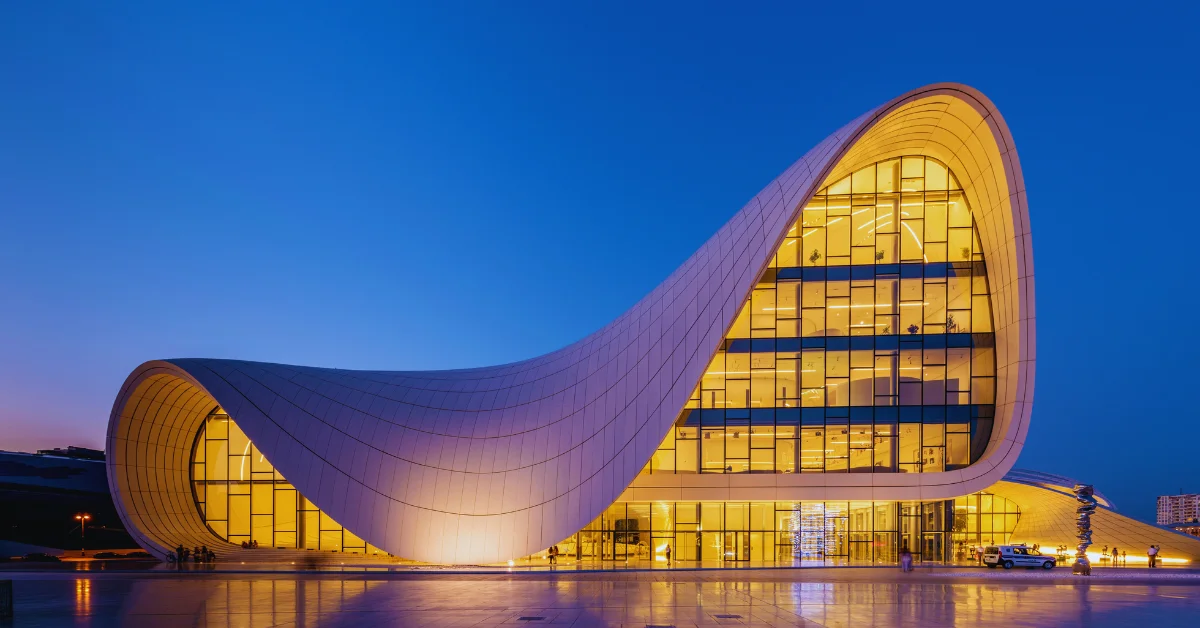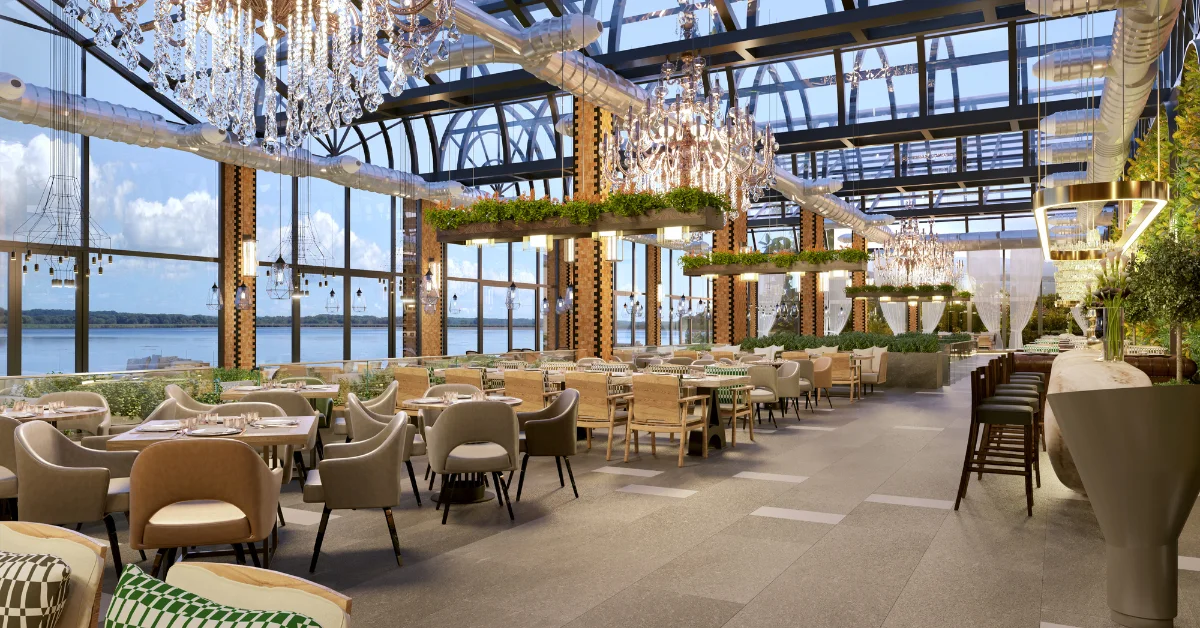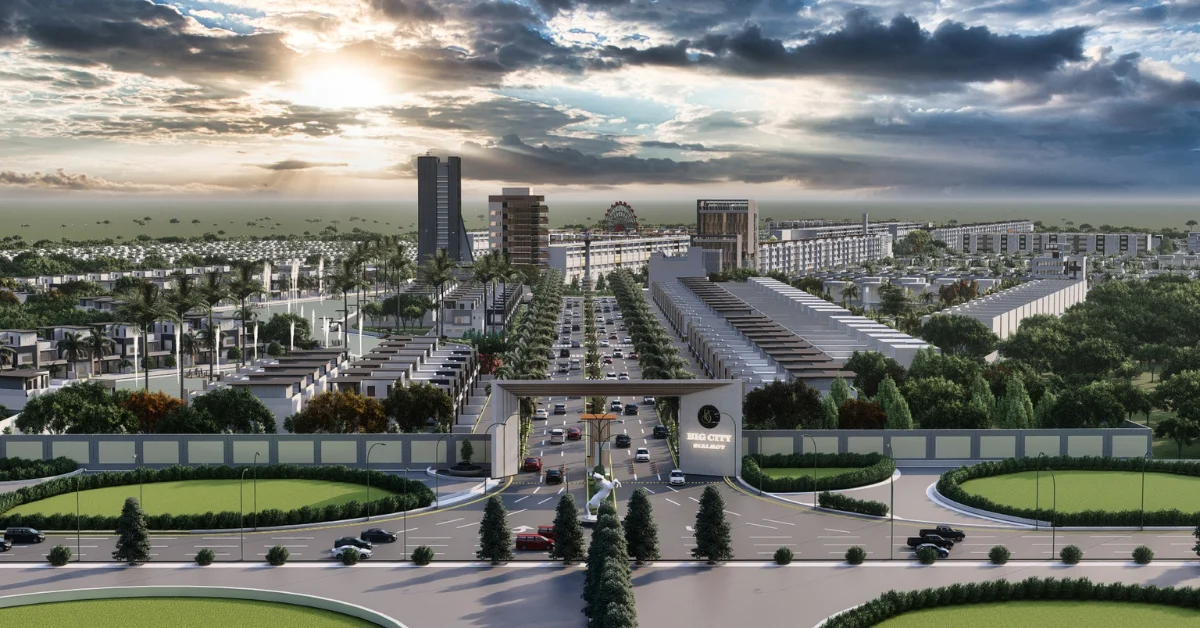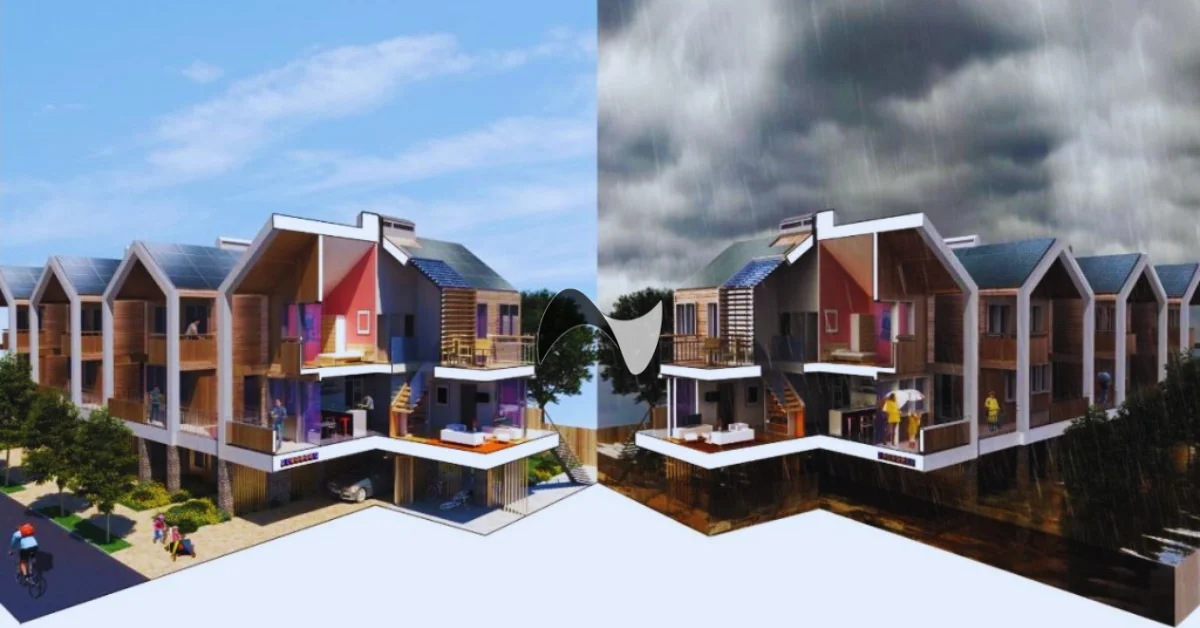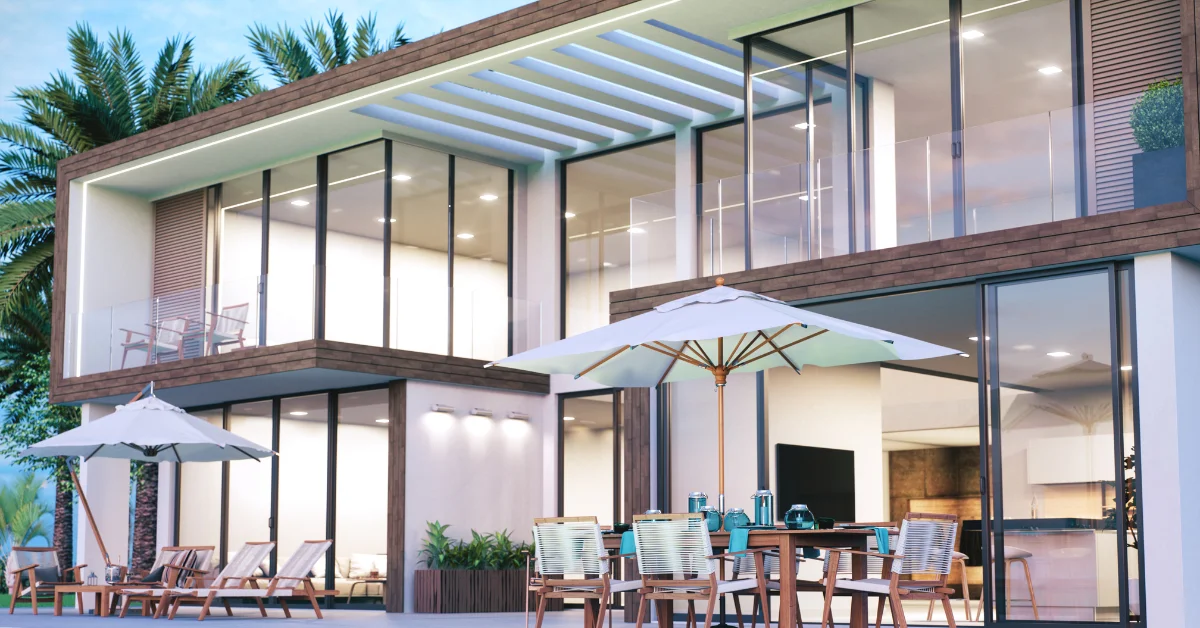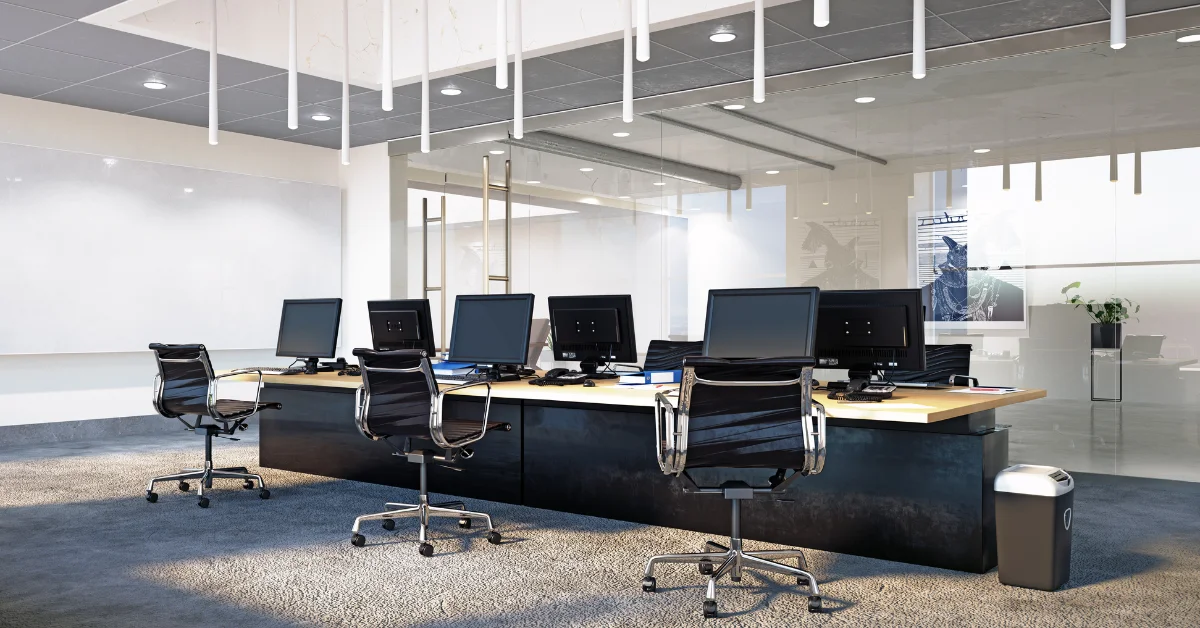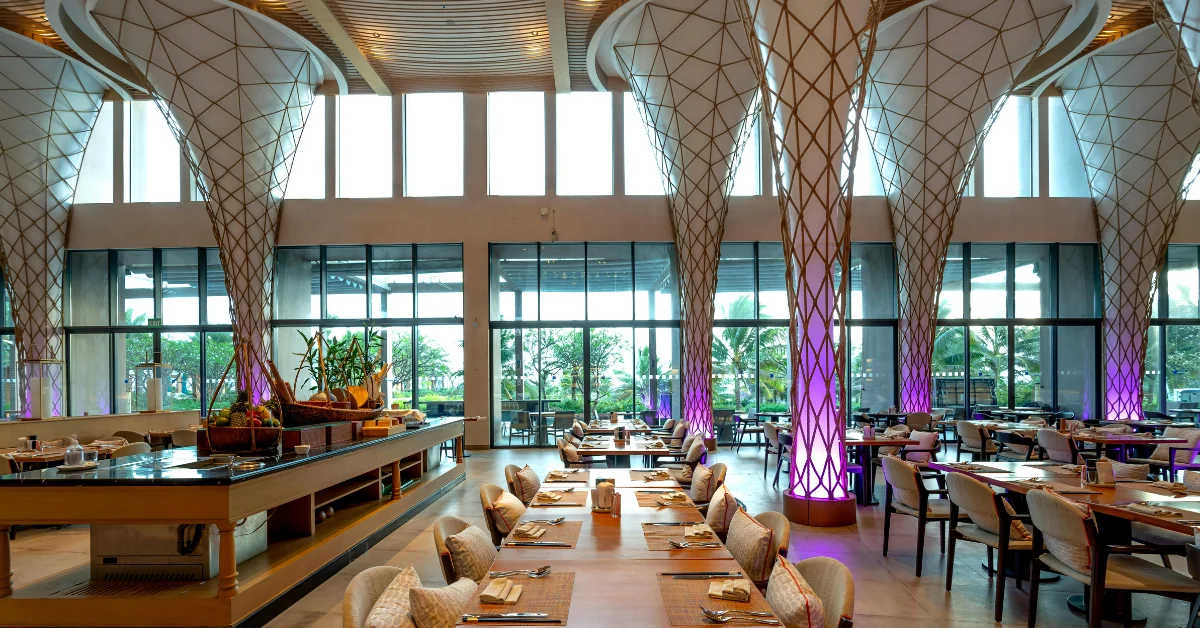When it comes to construction, not all locations are created equal. Building in flood-prone areas demands more than just bricks, cement, and creativity—it requires foresight, resilience, and innovation. Building design in such regions isn’t just about aesthetics or functionality; it’s about creating structures that can withstand nature’s most unpredictable challenges. Think of it this way: while a beautiful house might impress at first glance, what truly matters is whether it can protect its occupants when floodwaters rise. That’s where building design elements, such as elevated foundations, durable materials, and efficient drainage systems, come into play. These strategies transform ordinary buildings into safe havens.
In countries like Pakistan, where climate change has increased the frequency of flash floods, adopting flood resilient building design solutions has become not just a smart choice—but a necessity. Whether you’re planning a home, a school building design, or a large commercial project, understanding the building design stages in flood-sensitive zones ensures safety, sustainability, and peace of mind.
What Makes a Building Flood Resilient?
A flood resilient building isn’t about eliminating risk—it’s about minimizing damage and accelerating recovery. This type of design uses strategies that prevent water from entering, reduce the impact of water that does seep in, and ensure the structure remains safe even during extended flooding. Key aspects include elevated foundations, durable and water-resistant construction materials, natural drainage pathways, and adaptable layouts. These design features act like armor, shielding the home while ensuring that it remains habitable after floodwaters recede. In essence, flood resilient building design in Pakistan transforms ordinary structures into secure shelters, protecting both property and people while allowing faster recovery after disasters.
The Role of Building Design Stages in Flood Safety
Flood resilience starts at the very first stage of planning. During the site selection stage, experts analyze topography and flood zones to avoid areas with the highest risk. At the layout stage, they determine where rooms, utilities, and access points should be positioned to minimize water exposure. In the construction stage, materials are chosen carefully with expert consultancy, while post-construction stages focus on maintenance and upgrades. Each stage contributes to the overall resilience of the building. Skipping or rushing any stage is like building a dam with cracks—it may stand for a while, but eventually, it will fail when tested by nature.
Key Flood Resilient Building Design Elements
Elevated Foundations and Plinth Levels
Elevation is one of the most practical defenses against flooding. By raising the plinth level above recorded flood lines, water is kept away from living areas. For example, in flood-prone regions of Punjab and Sindh, experts recommend raising foundations by at least 2–3 feet. Elevated designs not only reduce water entry but also add an element of grandeur to the building’s front design.
Flood Resistant Materials
Water can weaken materials, cause rot, and promote mold. That’s why choosing the right materials is essential. Flood resistant materials include:
- Concrete blocks and fiber cement boards for walls.
- Ceramic tiles or treated stone flooring instead of wood.
- Waterproof paints and coatings that extend durability.
These materials don’t just survive floods; they also minimize repair costs afterward, making them essential in sustainable building.
👉 Why Architectural Planning is the Most Important Phase of Your Project
Smart Drainage Systems
A house with poor drainage is like a ship without an anchor—it will be at the mercy of the storm. Effective drainage ensures that floodwater flows away quickly instead of stagnating around the foundation. This includes:
- Sloped landscapes directing water away.
- Underground drainage channels connected to municipal systems.
- Rainwater harvesting tanks, which both reduce flooding and provide usable water.
Building Front Design for Water Diversion
The building’s front design plays an important role in controlling how water interacts with the property. Elevated porches, sloped driveways, and entry barriers can divert water away from doors and living spaces. Even landscaping elements like raised flower beds or retaining walls can act as subtle yet effective flood barriers. By combining smart architectural features with purposeful landscaping, the front of a building can transform into a proactive flood defense system—one that protects the structure while maintaining its aesthetic charm.
Ventilation and Moisture Control
After a flood, moisture becomes a silent killer. It damages walls, weakens structural integrity, and poses serious health risks through mold. To combat this, designs must incorporate cross ventilation, raised windows, and breathable materials. Moisture-resistant plasters and paints further help keep interiors dry and healthy. By combining these measures with proper maintenance, buildings are better equipped to resist long-term damage. Effective ventilation and moisture control not only protect structures but also ensure safer, healthier spaces for people to live and work in.
Flexible Interior Layouts
Flood resilient building design isn’t only about the exterior. Interior layouts should also be adaptable. This includes elevated electrical outlets, easily movable furniture, and multipurpose spaces that can quickly be cleared during emergencies. Flexibility makes recovery faster and less costly. To further enhance resilience, interiors can integrate open-plan living areas that reduce water entrapment, raised storage units to protect valuables, and washable surfaces that resist mold growth. Using modular design concepts, rooms can be easily restructured after damage, reducing long-term disruption. By combining practicality with foresight, flexible interiors transform a flood-affected space from a liability into a quickly recoverable environment.
Building Design Requirements for Flood Safety
Local Building Codes and Compliance
Regulations Matter. Many local authorities in Pakistan are beginning to integrate flood safety requirements into building codes. Compliance ensures not only structural safety but also protects homeowners from legal and financial liabilities in the long run.
Sustainability and Cost Efficiency
Flood resilience often raises concerns about cost. But when done right, it can be surprisingly affordable. Using locally available materials such as compressed earth blocks, bamboo, or recycled concrete reduces expenses while supporting sustainability. These solutions meet both building design requirements and community affordability.
Building Design Solutions for Pakistan
The concept of flood resilient building design is rapidly evolving as climate change demands smarter, more adaptive solutions. The future lies in combining cutting-edge technology, sustainable practices, and community-level strategies to create spaces that are not only resistant to floods but also environmentally responsible and cost-effective in the long run.
Urban vs Rural Challenges
Flood resilience is not just about individual homes—it’s about the community. Shared stormwater systems, elevated common shelters, and green infrastructure create neighborhoods that can withstand floods together. Flood management in urban areas requires advanced drainage and high-rise planning, while rural areas benefit more from elevated homes and simple, durable materials. Both contexts demand tailored solutions rather than one-size-fits-all approaches.
👉 Check Our Urban Design Projects
School Building Design Considerations
Schools in flood-prone areas must serve as both educational institutions and community shelters. Elevated classrooms, strong halls, and open courtyards ensure safety during emergencies while providing functional spaces during normal conditions.
👉 Check Our Institutional Design Projects
Flood Resilient Housing Models
For families, flood resilient housing is essential. This can include raised mud-plinth homes, modular shelters, and prefabricated villas that are cost-effective but still protective. With support from NGOs and building design consultants, these models can be scaled across flood-prone communities.
Real-World Examples of Amazing Building Design
Global Inspirations: Countries like the Netherlands have floating houses that rise with floodwaters, while in Bangladesh, stilt houses remain the norm in rural flood zones. These amazing building design elements show how cultures adapt creativity to survival.
Local Success Stories: In Pakistan, several pilot projects introduced flood resilient homes using bamboo, raised plinths, and reinforced bricks. These projects, led by building design experts in Pakistan, prove that innovative designs can be achieved with the best planning and expertise.
The Role of Building Design Consultants
Professional architects play a vital role in shaping structures that are not only aesthetically pleasing but also resilient to environmental challenges like flooding. Their expertise extends beyond drawings and layouts—they assess site conditions, understand local climate risks, and propose practical design solutions that safeguard both property and occupants.
The skilled architects ensure that every stage of the project, from concept to completion, integrates resilience strategies. This includes recommending flood resistant materials, planning elevated foundations, and designing efficient drainage systems. They also collaborate with engineers and contractors to translate design requirements into durable, real-world solutions.
In Pakistan, Pavilion Design Consultants has established itself as the best architectural company providing the best services in building design. With a proven track record of delivering innovative, sustainable, and client-focused solutions, We ensure that every project aligns with both modern aspirations and long-term resilience. By combining creativity with technical knowledge, we bridge the gap between vision and safety—delivering buildings that are functional, future-ready, and capable of withstanding natural disasters.
Conclusion
Flood resilient building design is not an option anymore—it’s a necessity. By combining traditional wisdom with modern innovations, communities can create structures that withstand water, protect families, and reduce recovery costs. Whether through elevated plinths, smart drainage, or professional consultancy, resilience is achievable at every scale. For Pakistan and other flood-prone regions, adopting these strategies today is the key to a safer, stronger, and sustainable tomorrow.
At the same time, success in resilience requires the right expertise. This is where Pavilion Design Consultants stand out as a top architectural company, offering innovative building design services tailored to modern challenges. With a strong focus on sustainability, safety, and aesthetics, we help homeowners, developers, and communities bring flood resilient concepts to life.
FAQs
What are common building design mistakes in flood-prone areas?
Mistakes include low plinth levels, poor drainage, and using non-resistant materials like untreated wood. These oversights lead to faster damage during floods.
What are the key building design requirements in Pakistan?
In Pakistan, requirements include raised foundations, reinforced walls, proper circulation planning, and compliance with local building codes.
Can commercial buildings also be flood resilient?
Yes. Offices, plazas, and shops can integrate flood barriers, elevated utilities, and sustainable drainage solutions for long-term resilience.
Which stage of building design is most critical for flood resilience?
The planning and site selection stage is the most critical because it determines location safety, elevation, and drainage systems before construction begins.



